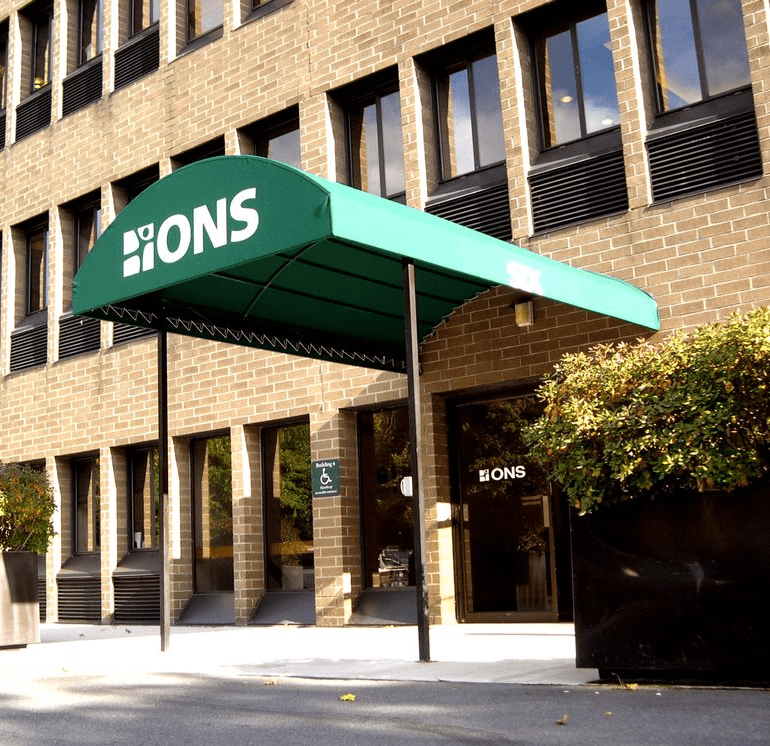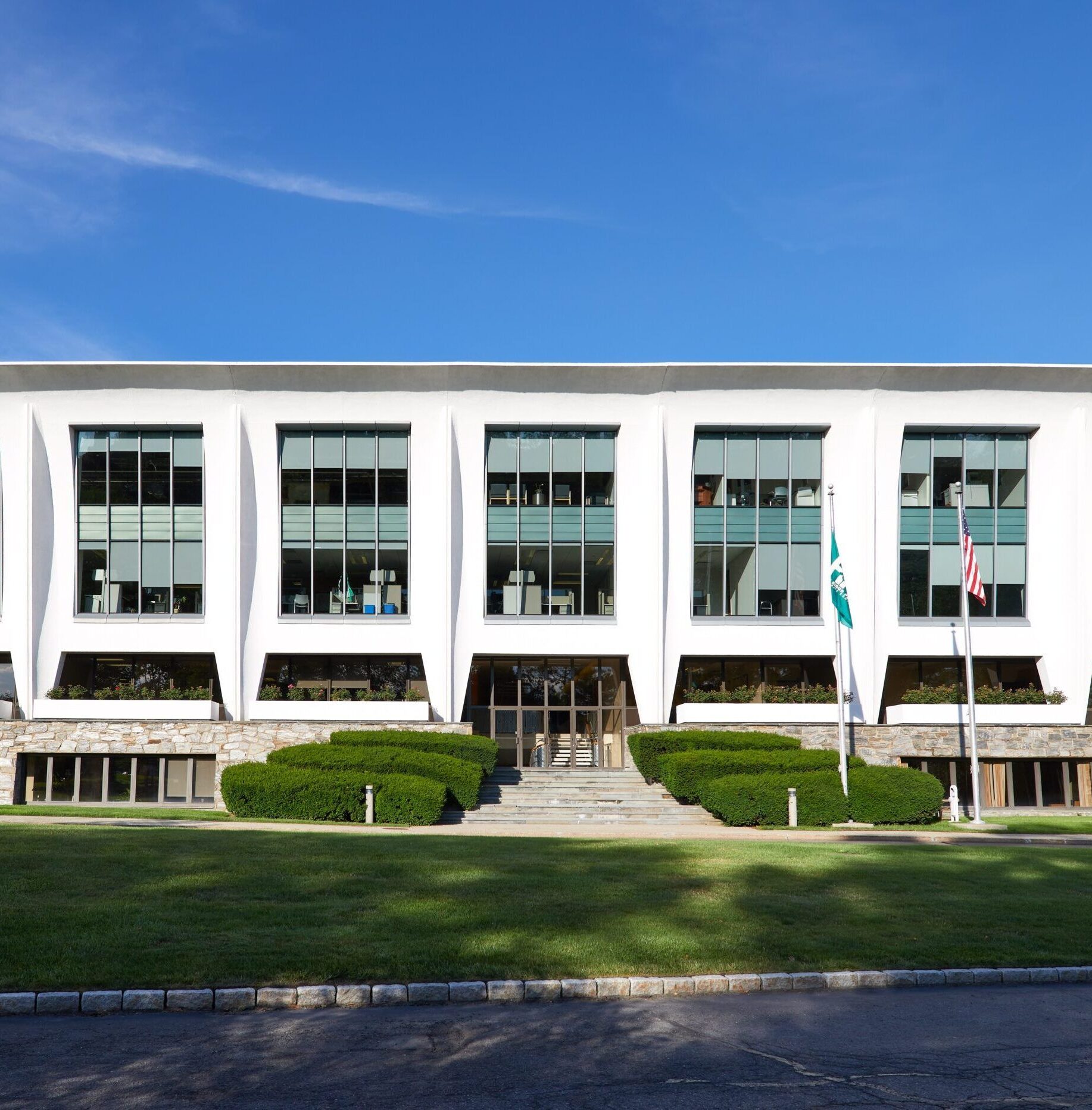Platelet-Rich Plasma (PRP) injections can relieve pain and promote healing for certain orthopedic conditions. PRP therapy is a type of regenerative medicine, which utilizes biomedical materials, usually from the patient’s own body, to regenerate cells and rebuild diseased and damaged tissues.
What are PRP Injections?
PRP injections use components of a patient’s own blood cells to create a personalized treatment to quicken the natural healing process.
When faced with a soft tissue injury (such as in tendons and ligaments), the body’s first response is to deliver platelet cells. These cells are filled with healing and growth factors to help jumpstart the repair process and attract the help of stem cells.
PRP therapy exemplifies the body’s healing efforts by delivering a higher concentration of these platelets through a simple injection.
Conditions Treated by PRP Injections
- Ankle sprains
- Anterior cruciate ligament (ACL) injuries
- Chronic plantar fasciitis
- Golfer’s elbow
- Joint pain
- Osteoarthritis of the knee, shoulder, hip and spine
- Pulled muscles
- Rotator cuff tears
- Tendonitis (including Achilles tendonitis)
- Tennis elbow
- Soft tissue (muscles, tendons, ligaments) tears
- Sprains and strains
Benefits of PRP Injections
PRP injections are low-risk and minimally invasive. They can reduce pain and speed up healing with lower risks and costs than surgery. PRP injections are a conservative treatment option for patients, including those who may not be candidates for surgery. As it is made up of the patient’s own blood, there is no risk of a transmitting infection and a very low risk of allergic reaction. PRP therapy can also reduce or eliminate the need for opioids or anti-inflammatory medications.
What Should I Expect?
PRP injections are quick in-office procedures. A sample of the patient’s blood will be drawn, then will be spun at high speeds to separate the platelets from other components. The PRP is then injected into and around the point of injury using ultrasound-guided technology, which provides increased accuracy and enhanced effectiveness of the treatment.
The entire procedure takes less than an hour, including recovery time. PRP injections can provide pain relief without surgery, anesthesia or hospital stays. Some patients experience complete relief after the first injection. However, up to three injections may be given within a 3-month time frame, typically performed between 2-3 weeks apart.
- Ankle sprains
- Anterior cruciate ligament (ACL) injuries
- Chronic plantar fasciitis
- Golfer’s elbow
- Joint pain
- Osteoarthritis of the knee, shoulder, hip and spine
- Pulled muscles
- Rotator cuff tears
- Tendonitis (including Achilles tendonitis)
- Tennis elbow
- Soft tissue (muscles, tendons, ligaments) tears
- Sprains and strains
PRP injections are low-risk and minimally invasive. They can reduce pain and speed up healing with lower risks and costs than surgery. PRP injections are a conservative treatment option for patients, including those who may not be candidates for surgery. As it is made up of the patient’s own blood, there is no risk of a transmitting infection and a very low risk of allergic reaction. PRP therapy can also reduce or eliminate the need for opioids or anti-inflammatory medications.
PRP injections are quick in-office procedures. A sample of the patient’s blood will be drawn, then will be spun at high speeds to separate the platelets from other components. The PRP is then injected into and around the point of injury using ultrasound-guided technology, which provides increased accuracy and enhanced effectiveness of the treatment.
The entire procedure takes less than an hour, including recovery time. PRP injections can provide pain relief without surgery, anesthesia or hospital stays. Some patients experience complete relief after the first injection. However, up to three injections may be given within a 3-month time frame, typically performed between 2-3 weeks apart.




